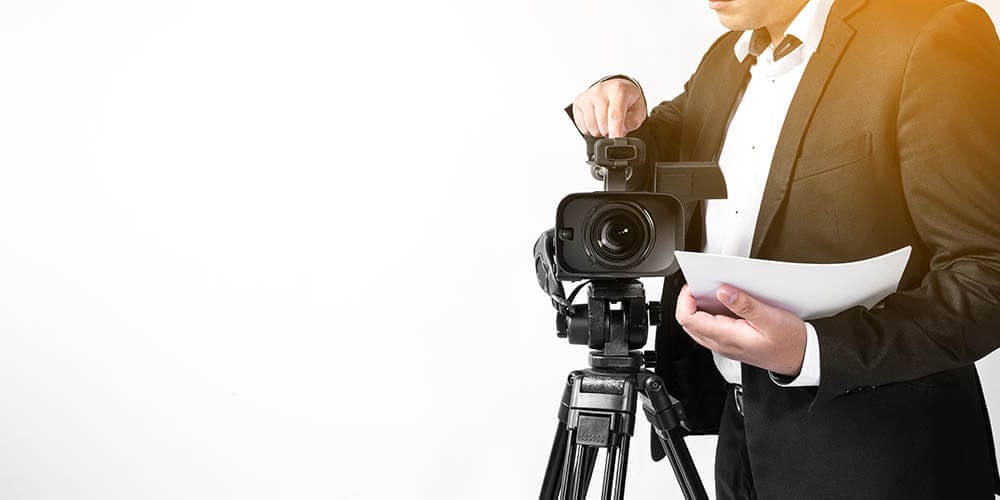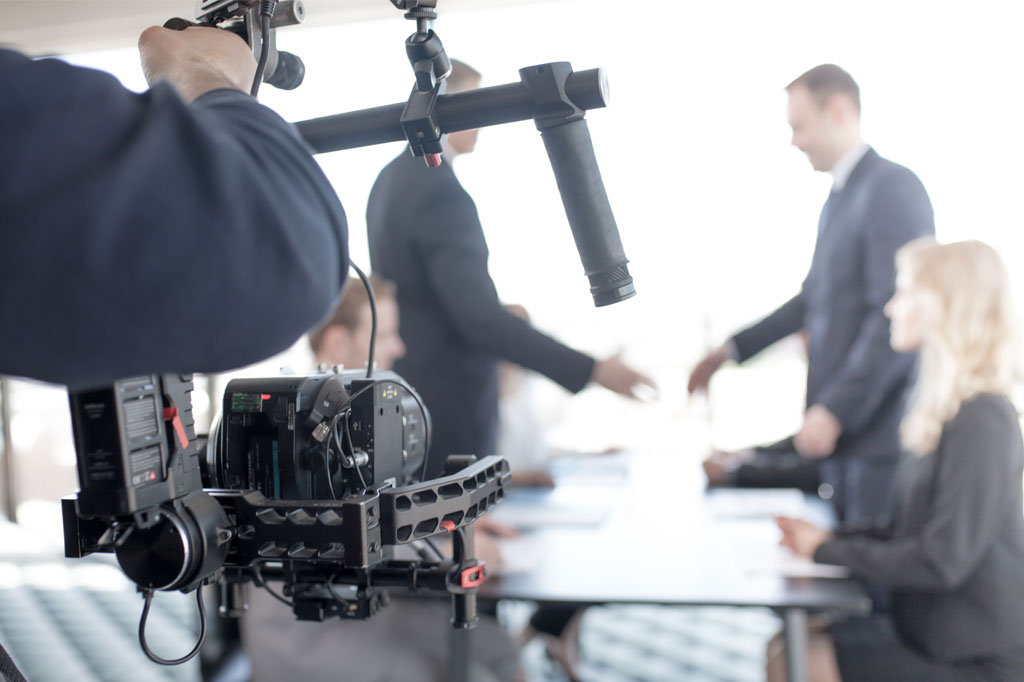How Legal Videography Boosts Court Room Discussions and Proof
How Legal Videography Boosts Court Room Discussions and Proof
Blog Article
Exploring the Devices of Legal Videography: Introduction Its Procedure in Safeguarding Genuine Visual Statement for Judicial Procedures
In the world of judicial proceedings, the duty of legal videography stands as a keystone in preserving and offering visual proof. As technology proceeds to advance, the systems behind lawful videography have come to be progressively detailed, providing a crucial layer of authenticity to testaments captured on video.
Historical Evolution of Lawful Videography
Analyzing the historic development of legal videography exposes a substantial change in the catching and discussion of visual evidence within the legal landscape. In the past, legal proceedings greatly relied upon written photographs and records to document events and offer proof. Nonetheless, with the advent of video innovation, the lawful sector witnessed a paradigm shift in how visual statement was recorded and offered.
The evolution of legal videography can be traced back to the late 20th century when developments in video recording devices made it much more easily accessible for usage in court rooms. This technical innovation not just boosted the precision and dependability of aesthetic evidence but also transformed the way cases were presented to courts and judges (Legal Videography). Lawyers started to identify the influential power of video clip recordings in communicating emotions, nuances, and non-verbal signs that created photos or transcripts alone can not record successfully

Technology Developments in Video Documentation
What key technological advancements have revolutionized video documents in the lawful area? The legal field has actually seen substantial innovations in video clip paperwork technology that have boosted the credibility and dependability of visual proof in judicial procedures. One of the key innovations is high-def (HD) video recording capabilities, which give crystal-clear photos and sharp information that are vital for accurately catching testimonies, faces, and other visual signs. Furthermore, the integration of timestamping and metadata attributes in video documentation devices has made it possible for exact documentation of when and where the video clip was taped, guaranteeing the honesty of the evidence offered in court.
Moreover, improvements in video clip file encryption and watermarking modern technologies have boosted the security and tamper-proof nature of video proof, securing it versus unapproved alterations or tampering. The development of cloud storage services and remote accessibility capabilities has structured the storage, access, and sharing of video evidence, promoting seamless collaboration amongst lawful specialists and ensuring efficient access to vital aesthetic testaments when required. These technical innovations in video clip documents have actually certainly transformed the legal field, enhancing the accuracy, reliability, and admissibility of visual evidence in judicial process.
Duty of Lawful Videographers in Court Settings
The advancement of video clip paperwork technology in the lawful area has demanded a critical function for legal videographers in court room setups, guaranteeing the stability and integrity of visual testimonies offered during judicial process. Legal videographers play a fundamental duty in catching and preserving exact visual proof that can be critical in court cases. Their duty includes establishing up devices, recording procedures, and producing high-grade videos that properly show the occasions in the courtroom.
In court settings, legal videographers need to stick to stringent guidelines and requirements to maintain the authenticity of the aesthetic record. They need to have a keen eye for information and an extensive understanding of lawful procedures to make sure that the footage they catch is a real depiction of the events that took place. In addition, legal videographers commonly function closely with legal groups to ensure that the video proof straightens with the case's requirements and can be successfully offered in court to support the legal disagreements being made. On the whole, the role of legal videographers in court setups is indispensable in supporting the concepts of justice and making certain the openness of lawful proceedings.

Ensuring Admissibility and Honesty of Video Evidence
To keep the trustworthiness of visual proof offered in lawful proceedings, making sure the admissibility and integrity of video evidence is an essential responsibility for legal videographers. Admissibility refers to the approval of proof by the court, and for video clip proof to be permissible, it must satisfy specific standards. Lawful videographers play an essential function in making sure that the video clips they record adhere to the rules of evidence, such as dependability, significance, and authenticity.
Integrity of video proof entails keeping the creativity and accuracy of the footage from the time it is recorded until it is offered in court. This consists of safely keeping the video files, recording the chain of wardship, and preventing any kind of meddling or modifications. Legal videographers must abide by rigorous here are the findings procedures to ensure the integrity of the video clip proof and avoid any challenges to its credibility.
Future Trends in Legal Videography
Provided the increasing dependence on innovation in legal process, lawful videographers are poised to embrace cutting-edge improvements shaping the future of aesthetic statement capture and presentation. Among the famous trends on the perspective is the combination of virtual truth (VR) and boosted truth (AR) technologies right into legal videography. These modern technologies have the prospective to revolutionize exactly how visual proof is presented in court rooms, allowing discretionary to here submerse themselves in the scene of the crime or case.
Moreover, the use of fabricated intelligence (AI) formulas for video clip analysis is anticipated to streamline the procedure of reviewing and examining huge amounts of video clip footage. AI can assist in determining vital moments, anomalies, and patterns within video clips, enhancing the effectiveness of lawful investigations.

Conclusion
Finally, legal videography has played a crucial function in providing authentic aesthetic evidence for judicial procedures. Via technical innovations and the proficiency of legal videographers, the integrity and admissibility of video proof are guaranteed in court room settings. As legal videography proceeds to evolve, it will be necessary to support criteria that maintain the accuracy and dependability of aesthetic testimony for the future of legal procedures.
Examining the historical progression of lawful videography discloses a significant improvement in the recording and discussion of visual evidence within the legal landscape.The development of video clip documents technology in the legal field has required a critical role for legal videographers in courtroom settings, making sure the stability and integrity of aesthetic testaments presented during judicial procedures. In addition, lawful videographers commonly function carefully with legal teams to guarantee that the video evidence lines up with the situation's demands and can be efficiently provided in court to support the legal arguments being made.To maintain the Clicking Here reliability of visual evidence offered in lawful process, making sure the admissibility and stability of video evidence is a crucial responsibility for lawful videographers. As lawful videography proceeds to develop, it will certainly be vital to maintain criteria that keep the precision and dependability of visual testimony for the future of lawful process.
Report this page